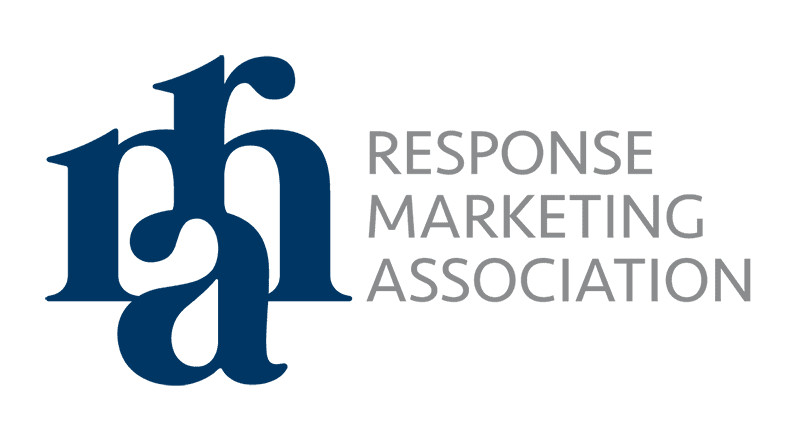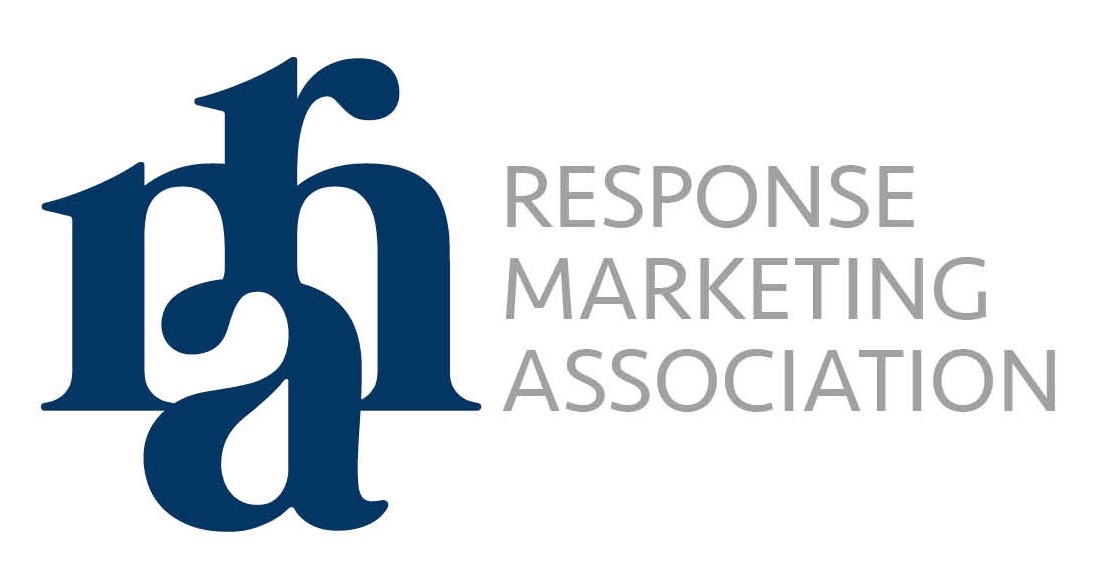What if I told you that advertising for major brands like Sony, Pepsi, and the NFL were appearing on websites that monetize images of child sexual abuse?
What if I told you that Google, Amazon, and other digital ad networks were earning money by placing ads on these sites?

What if I told you that organizations like Integral Ad Science, DoubleVerify, MRC and TAG that supposedly protect brands from this garbage were useless in discovering this?
Last week the BBC, Adweek, Ad Age and several other media outlets reported on a peer-reviewed 150+ page investigation by Dr. Krzysztof Franaszek, head of Adalytics, that detailed the disgusting details of this story. And demonstrated the unconscionable greed and incompetence of the online advertising ecosystem.
Additionally, according to the BBC, “Adalytics documented ads for more than 70 large organisations and Fortune 500 companies running alongside hardcore adult pornography, including MasterCard, Nestlé, Starbucks, Unilever and even the US Government.”
This report is shocking, but not surprising. It should come as no surprise to anyone who is half awake what an ugly, wasteful pile of shit online advertising has become.
The Canadian Centre for Child Protection (C3P) says it found at least 35 images on one site in question that meet its classification of child sexual abuse material (CSAM.) There may have been as many as 600 such images on that one site but legal definitions are vague (e.g., AI generated images may not be illegal. Think about that.) If this isn’t sickening enough, one of the children in the abusive images was confirmed to be a known missing child.
According to Ad Age, Jacques Marcoux, director of research and analytics for C3P said that many of the thousands of websites distributing CSAM would likely not exist without the support of advertisers.
The websites involved in this case (which I am not mentioning because I don’t want anything to do with getting them more traffic) have been identified several times since 2021 by the National Center for Missing and Exploited Children (NCMEC). You have to ask yourself how multi-billion dollar corporation like Google, Amazon and the rest of the online sleaze merchants don’t bother to check NCMEC before they buy ads or certify websites as “brand safe?”
According to Adweek,“The website… garners over 40 million page views per month…includes both explicit adult content as well as illegal Child Sexual Abuse Material. Researchers were unable to determine ownership of the sites.
Senators investigate
As a result of this report, two US Senators, Marsha Blackburn (R-TN) and Richard Blumenthal (D-CT) with the help of industry watchdog Check My Ads, have begun a probe of four huge tech companies, Google, Amazon, and ‘safety” and verification firms Integral Ad Science and DoubleVerify, as well as two industry “standards” bodies, Media Ratings Council (MRC) and Trustworthy Accountability Group (TAG.)
(For those who are not adv/mktg nerds:
– Among other things, Amazon and Google place advertising on websites on behalf of marketers.
– Integral Ad Science and DoubleVerify are companies that are paid by advertising buyers, like Amazon, Google and many others, to verify the safety of websites they buy.
– MRC and TAG are industry bodies that supposedly monitor these tools so that advertisers can trust them.)
In a letter to Google’s CEO, Sundar Pichai, the Senators wrote, “”Where digital advertiser networks like Google place advertisements on websites that are known to host such activity, they have, in effect, created a funding stream that perpetuates criminal operations and irreparable harm to our children.”
About verification and standards
The verification and standards companies are the ways that brands too lazy to bother knowing what the hell they’re buying maintain their deniability. When it turns out their advertising has shown up on child sexual abuse sites, porn sites, nazi sites, and terrorist sites they go all shocked and vaporous and blame their ‘brand safety’ suppliers.
About DoubleVerify and Integral Ad Science
Ad Age spoke to seven advertisers and agency executives who said their files showed DoubleVerify or Integral Ad Science had classified all of their placements on the disgusting sites in question as being “100% brand safe.”
Adweek checked with several ad networks who had bought on these websites. The buyers claimed “the brand safety checks they had paid for failed.” No shit?
About MRC and TAG
From Adweek, “Eight ad experts—a mix of brand marketers, agency media buyers, and watchdog leaders—told ADWEEK they felt there was little visibility into accreditation practices, poor oversight of certified companies, and lax compliance enforcement….Four media buyers, speaking on condition of anonymity to preserve industry relationships, questioned the value of the MRC’s and TAG’s brand safety certifications…”I’m not clear on what value either provides at all at this point. They both do these audits with a veil of secrecy,” said one buyer.
Adweek also reported, “Six sources were more critical of TAG than the MRC. They questioned TAG’s opaque auditing practices, lower standards for certification, and willingness to allow self-reporting.“
The Black Box
Franaszek said, “advertisers…probably had no idea that they were funding this…”
For years I have been saying that online advertisers…
– have no idea what they are buying
– no idea what they are paying
– no idea who they are buying from
– no idea what they are getting
Much of the system is a black box specifically designed to be impenetrable so that advertisers are kept in the dark about what they’re actually buying. Google and Amazon both refuse to give advertisers log level information on where their ads run. While brands generally could access domain-level reports, the page URL-level reporting gap would have prevented most brands from having the opportunity to detect this. As Check My Ads COO, Arielle Garcia puts it, “That isn’t a mistake, it’s intentionally opaque. The ad tech industry weaponizes complexity.”
The documentation on the opacity of online advertising is so extensive and so readily available that any marketer who claims not to know what is going on is either a liar or an imbecile.
The Excuses
According to Ad Age, the letter sent by the senators to TAG said, “Despite TAG’s ‘Brand Safety Certified’ guidelines …at least nine companies certified under those guidelines placed ads on (the website.)” Of all the stomach-turning excuses, this one from Mike Zaneis, CEO of TAG takes the cake. Instead of an apology or an explanation he is quoted as saying, “This report gets probably a C- as far as methodology and conclusions, but it gets an A+ for publicity stunt.”
A publicity stunt? How a person can describe the exposure of companies profiting off the exploitation of images of child sexual abuse as a “publicity stunt” has to be among the most callous and nauseating comments I’ve ever heard.
And what do Google and Amazon have to say in their defense? They sent their PR clownholes out with the usual horseshit about “strict policies” and “zero tolerance.” Yeah, they all have ‘zero tolerance’ once they’ve cashed the checks.
Just One More Thing…
In the reports quoted above, several people have gone ‘on the record’ to discuss the revolting practices of the adtech industry. These people include Dr. Franazcek, Jacques Marcoux, director of research and analytics for C3P, Arielle Garcia, COO of Check My Ads, and Senators Blackburn and Blumenthal.

But of the 25 advertising insiders Ad Age and Adweek anonymously quoted in the stories above…
– ‘Seven advertisers and agency executives’
– ‘Eight ad experts—a mix of brand marketers, agency media buyers, and watchdog leaders’
– ‘Four media buyers’
– And ‘”Six sources”
…not a single one was willing to go on the record.
How cowardly and sullied has our industry become when serious, important stories like this have to come from industry outsiders, and our “brave” advertising brethren have to hide behind anonymous statements because they’re afraid to speak the truth out loud?
That’s all for today. I’m too disgusted for anything more.



